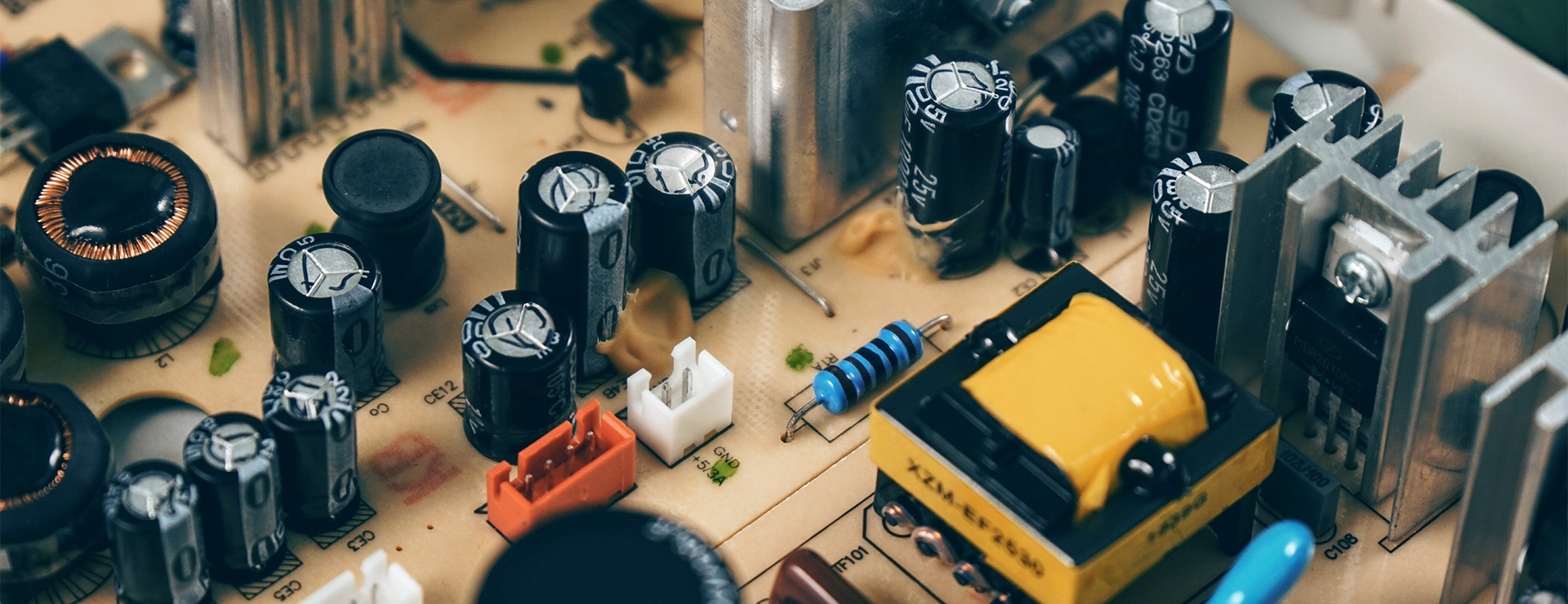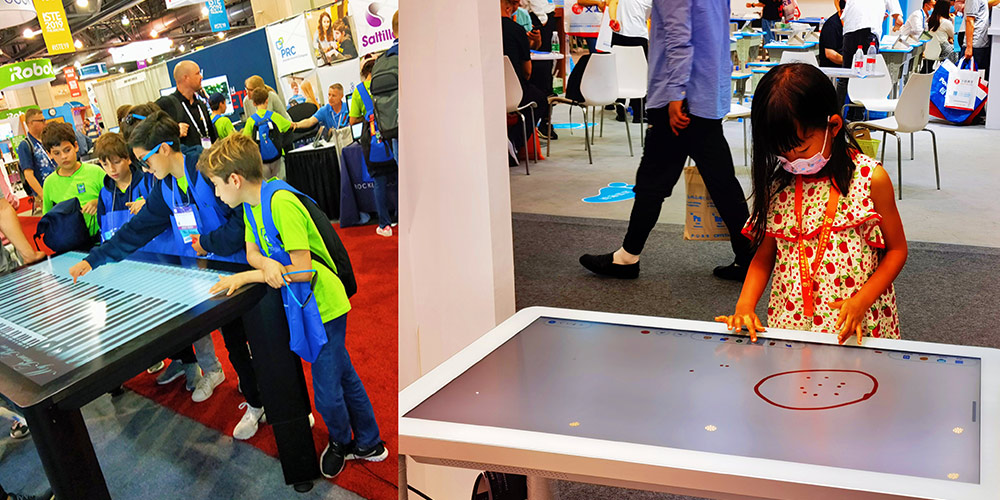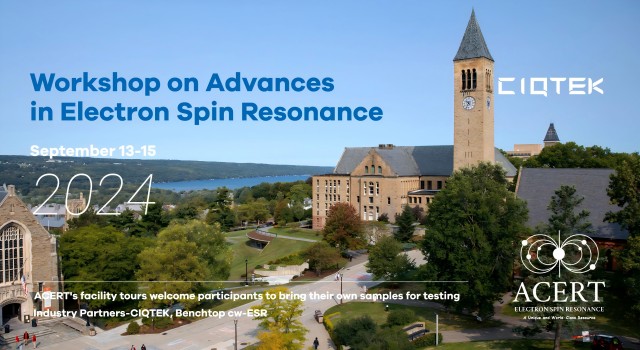The Digital Cradle Unlocking the Power of Interactive Touch Screen Tables in Early Childhood Development
Interactive Touch Screen Tables have become increasingly popular in early childhood education, offering a multi-touch surface that allows multiple children to interact with digital content simultaneously. The products seamlessly integrate technology into play, normalizing its use in educational settings and preparing children for a tech-savvy world.
♦ Enhancing Learning Experiences: Interactive Touch Screen Tables make learning more engaging and fun for children. The ability to touch, drag, and manipulate digital objects directly with their hands encourages exploration and play-based learning, which is essential at this age.
♦ Stimulating Curiosity: With Interactive Touch Screen Tables, children can zoom in on images, unlock information, and discover new concepts through games and puzzles that stimulate their natural curiosity and desire to learn about the world around them.
♦ Promoting Collaboration: These tables encourage collaboration as multiple children can work together on a single activity, fostering social skills and teamwork. Children learn to share, communicate, and solve problems together.
♦ Developing Fine Motor Skills: Interacting with the touchscreen helps children develop their fine motor skills as they use their fingers to tap, swipe, and pinch on the screen, which is important for writing and other tasks later on.
♦ Encouraging Independent Learning: With interactive activities available on demand, children can explore and learn at their own pace, encouraging independent learning and self-directed play.
♦ Improving Cognitive Abilities: Interactive table activities are designed to enhance cognitive abilities such as memory, problem-solving, and logical thinking through various educational games and challenges.
♦ Teaching Digital Literacy: As children interact with digital content, they also develop an understanding of basic digital literacy skills, such as using apps, navigating menus, and understanding cause-and-effect relationships in a digital environment.
♦ Adaptability for Inclusive Education: Interactive tables can be adapted for special needs education, providing accessible learning tools for children with disabilities or additional support needs.
♦ Easy Integration into the Classroom: Interactive tables are designed to be easily integrated into existing classroom setups, complementing other teaching tools and methods without overwhelming the learning environment.
In summary, Interactive Touch Screen Tables offer a wealth of benefits in early childhood education, making learning more interactive, engaging, and accessible for young children while preparing them for a future where technology plays a central role.




